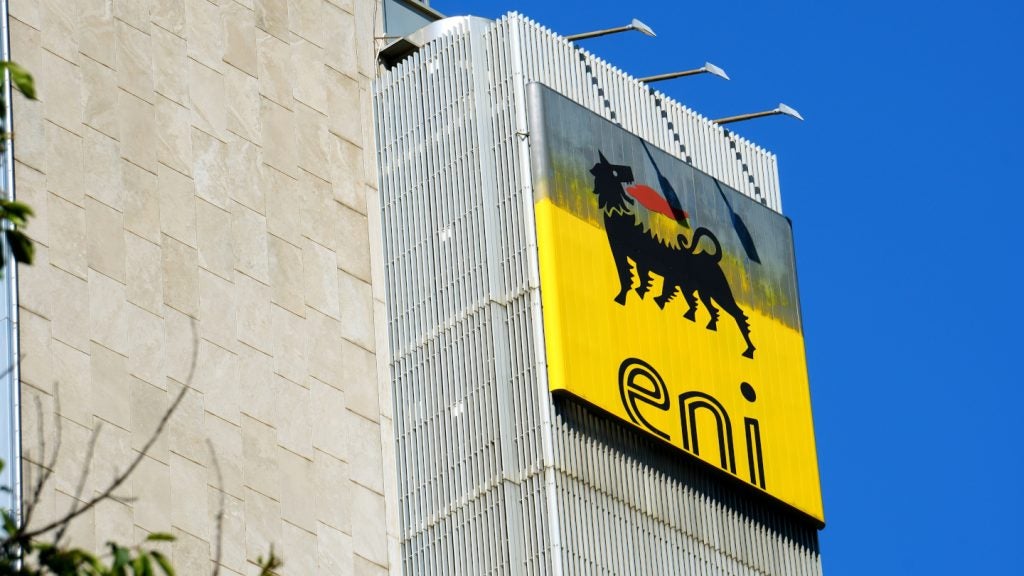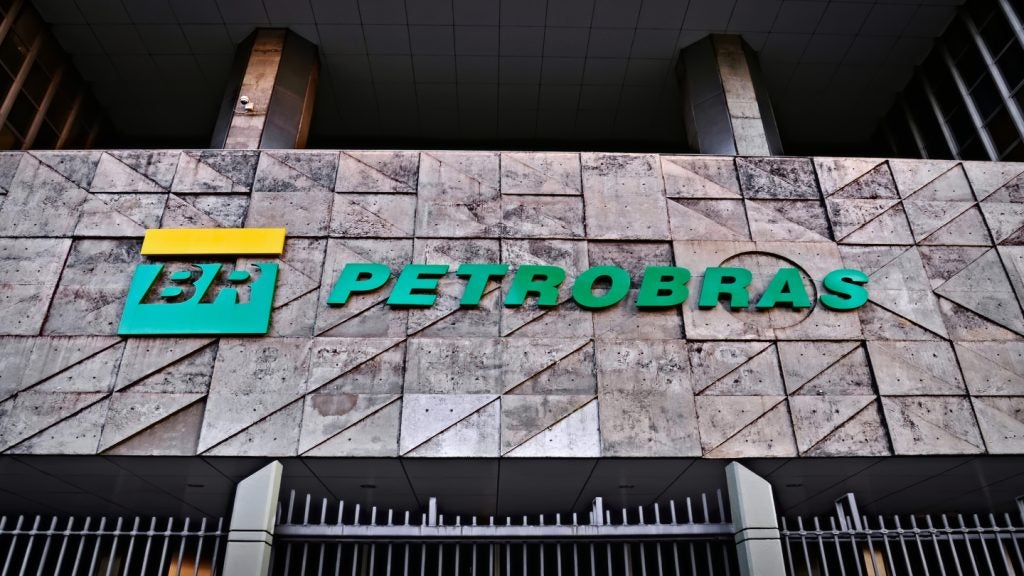BP has commenced production at the Clair Ridge oil field in the West of Shetland region of the UK North Sea.
The company expects the field, which is a major project in the region and involved large-scale investment, to deliver peak production of 120,000 barrels per day.
The second phase of development in the Greater Clair field, the Clair Ridge project involved the construction of two new, bridge-linked platforms and oil and gas export pipelines at a total cost of more than £4.5bn.
The installation of a 5.5km, 22in oil export pipeline tying into the Clair Phase 1 export pipeline was also part of the project. Oil produced from Clair is exported to the onshore Sullom Voe Terminal.
Discovered in 1977, the Clair field is estimated to contain seven billion barrels of hydrocarbons. The first phase of the field started production in 2005.
BP Upstream chief executive Bernard Looney said: “The start-up of Clair Ridge is a culmination of decades of persistence. And now, more than 40 years after the original discovery, we have first oil from Clair Ridge, one of the largest recent investments in the UK.”
How well do you really know your competitors?
Access the most comprehensive Company Profiles on the market, powered by GlobalData. Save hours of research. Gain competitive edge.

Thank you!
Your download email will arrive shortly
Not ready to buy yet? Download a free sample
We are confident about the unique quality of our Company Profiles. However, we want you to make the most beneficial decision for your business, so we offer a free sample that you can download by submitting the below form
By GlobalDataBP expects to recover an estimated 640 million barrels of oil from Clair Ridge. The new facilities at the project are expected to deliver production for a period of 40 years.
Oil & Gas UK chief executive Deirdre Michie added: “First oil at Clair Ridge represents a major milestone in BP’s developments West of Shetland, the frontier region, which is likely to have the greatest potential to expand current UK production.”
The project marks the first offshore deployment of BP’s enhanced oil recovery technology, LoSal. The deployment is expected to deliver cost-effective recovery of up to 40 million additional barrels.
BP operates Clair with a 28.6% interest. Other stakeholders include Shell (28%), Chevron North Sea (19.4%) and ConocoPhillips (24%).
In July, BP reached a deal to increase its stake in the field to 45.1% by acquiring a 16.5% interest from ConocoPhillips. The deal is pending regulatory approval.







